|
||
Camping is one of our favorite pastimes. Itís tough to beat a few days or a week in a natural setting away from all the hassles of everyday life. Many people understand that. A 2011 study released by The Outdoor Foundation reported that almost 40 million Americans participated in some form of camping in 2010. That equates to more than 14 percent of Americans over age six. Are you part of the 14 percent? I hope so. While some people are turned off by the rustic nature of camping and others view setting up camp as too much work. It is not, and doesnít need to be. Once youíve established a pattern for camping (which includes packing your vehicle), preparing for and setting up camp is actually quite enjoyable. Itís a pastime the entire family can enjoy. In an earlier column, I offer a number of suggestions on how and what to pack. Here Iíd like to focus on setting up camp and maintaining your campsite. There are a number of factors to consider. But first Iíd like to remind you of a basic tenet of camping: The best campsites are found, not built. By this we mean you should look for a site thatís already been used for camping. Minimize your impact on the land. Donít tramp down pristine land if you donít have to. How to set up campThe steps involved in setting up camp can be broken down into two broad categories, Safety and Logistics.Safety:Avoid setting up camp next to hazards like dead (or dying) trees, power lines, critter holes, loose rock and those areas prone to flash flooding.If the entire area is a flood plane, pick a spot that has good drainage. You donít want water pooling around your tent. Speaking of water, camping ethics recommend that you not set up camp within 200 yards of streams or ponds. This is so you donít disturb wild game that uses those sources of water. Also, avoid setting up next to plants and bushes that could cause a problem. Some of these include poison ivy (and related plants) and cacti. While more of a nuisance, these plants can still ruin a day or weekend. Logistics:Assuming the area is free of obvious hazards, here are some additional suggestions to consider.Inspect the ground for pebbles, sticks and other sharp objects. You may need to rake or otherwise clear a patch of ground for your tent. If youíre camping on an incline, position your tent so your head will be uphill. That is generally the most comfortable position. Rarely do you find flat, smooth ground outside established parks and campgrounds. You get to your camping area and find one section thatís bumpy or grooved. Another spot is smooth but at an angle. Which do you choose? Most people select the bumpy ground because they prefer being on the level. They know their air mattress or other padding will provide a comfortable sleep. Assuming drainage isnít a factor, this type of decision is more based upon personal preference. Give it some thought when you face this scenario for the first time. If youíre camping near the bottom of a large hill, walk around to get a feel for the run-off pattern(s). Even light rains can generate small streams for a brief time. Setting up camp next to a large boulder may seem like a good idea Ė it creates a natural wind break Ė but inspect the area above the boulder. Do you see loose rocks? Those could come tumbling down on your head during a storm. Wind whipping around the boulder sometimes causes howling or whistling noises. If youíre a light sleeper, you may consider placing your tent somewhere else. Trees and shrubs provide some protection from the elements, including a beating sun. Inspect for dead limbs, beehives and critter nests or dens. Position your tent with the prevailing winds in mind. For rectangular tents, position the narrow side to the wind. If yours is tapered, the tapered side should face the wind. Youíre trying to minimize the wind load and therefore overall effect of any winds. Some people prefer to have the door face a non-windy direction. As for the front door, I like to have it facing the east. I get to view a nice sunrise to start the day, and it seems to warm the tent faster. After youíve experienced it, Iím sure youíll agree that camping out is really quite enjoyable. A few days away with Mother Nature does wonders for the soul and body. When and where are you going to set up camp? |
|
|
Related Articles from Badlands Off-road Adventures |
||
Did you miss the previous articles?
|
||
September & October Schedule
|
||
Free Customer Appreciation Event & trail Ride
|
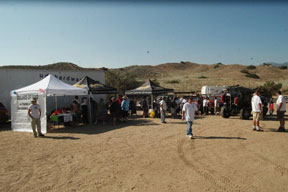
|
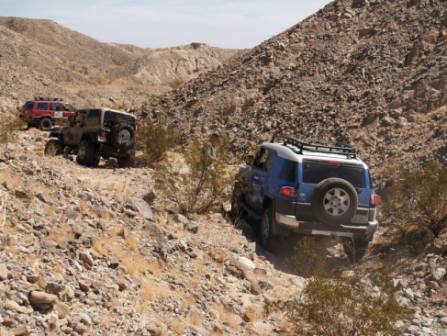
|
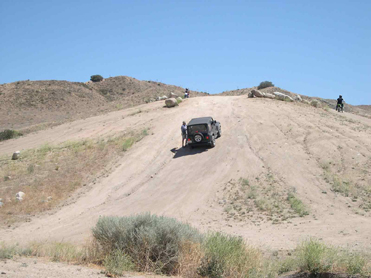
|
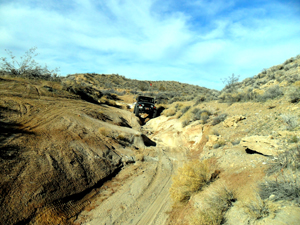
|
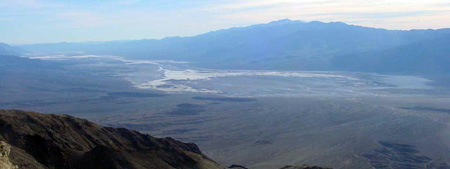
|

http://TDS4x4.com/jeep/ |
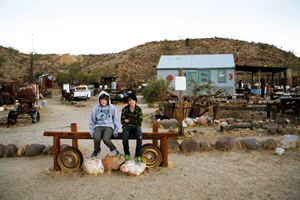
|
I hope to see you on the trails!
Tom Severin, President
Badlands Off Road Adventures, Inc.
4-Wheel Drive School
310-613-5473
http://www.4x4training.com
Make it Fun. Keep it Safe.
#####
If you find this information valuable, please pass it on to a friend. You can forward them the email.
If you received a forwarded copy of this newsletter and would like to subscribe for yourself, go to:
www.4x4training.com/contacts.html
and follow the instructions to join our mail list.
Want To Use This Article In Your Magazine, E-Zine, Club Newsletter Or Web Site?
You are welcome to use it anytime, just be sure to include the following author/copyright information:
Tom Severin, 4x4 Coach, teaches 4WD owners how to confidently and safely use their vehicles to the fullest extent in difficult
terrain and adverse driving conditions.
Visit www.4x4training.com to develop or improve your driving skill.
Copyright 2012, Badlands Off-Road Adventures, Inc.
| Back | | Phone 310-613-5473 |